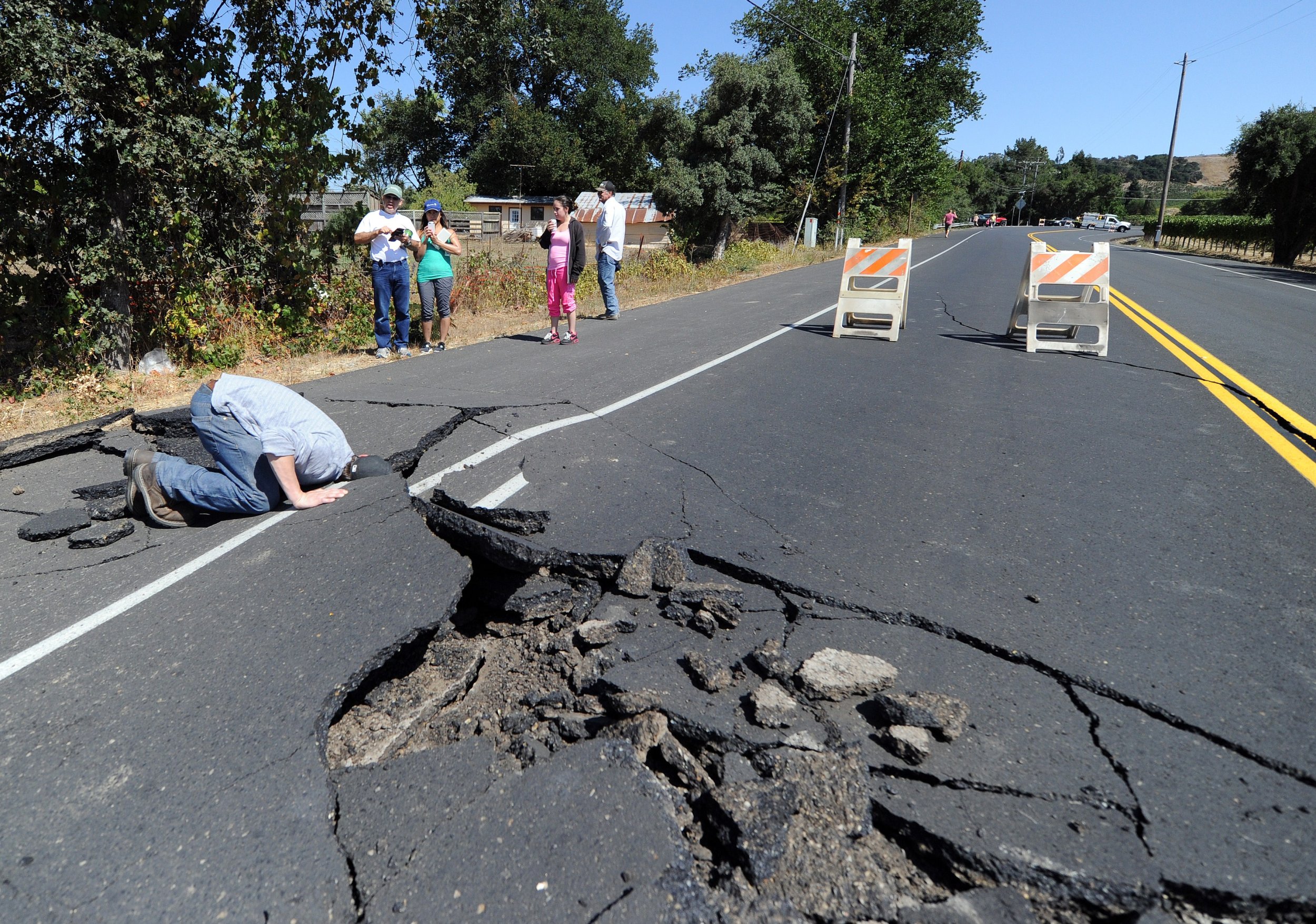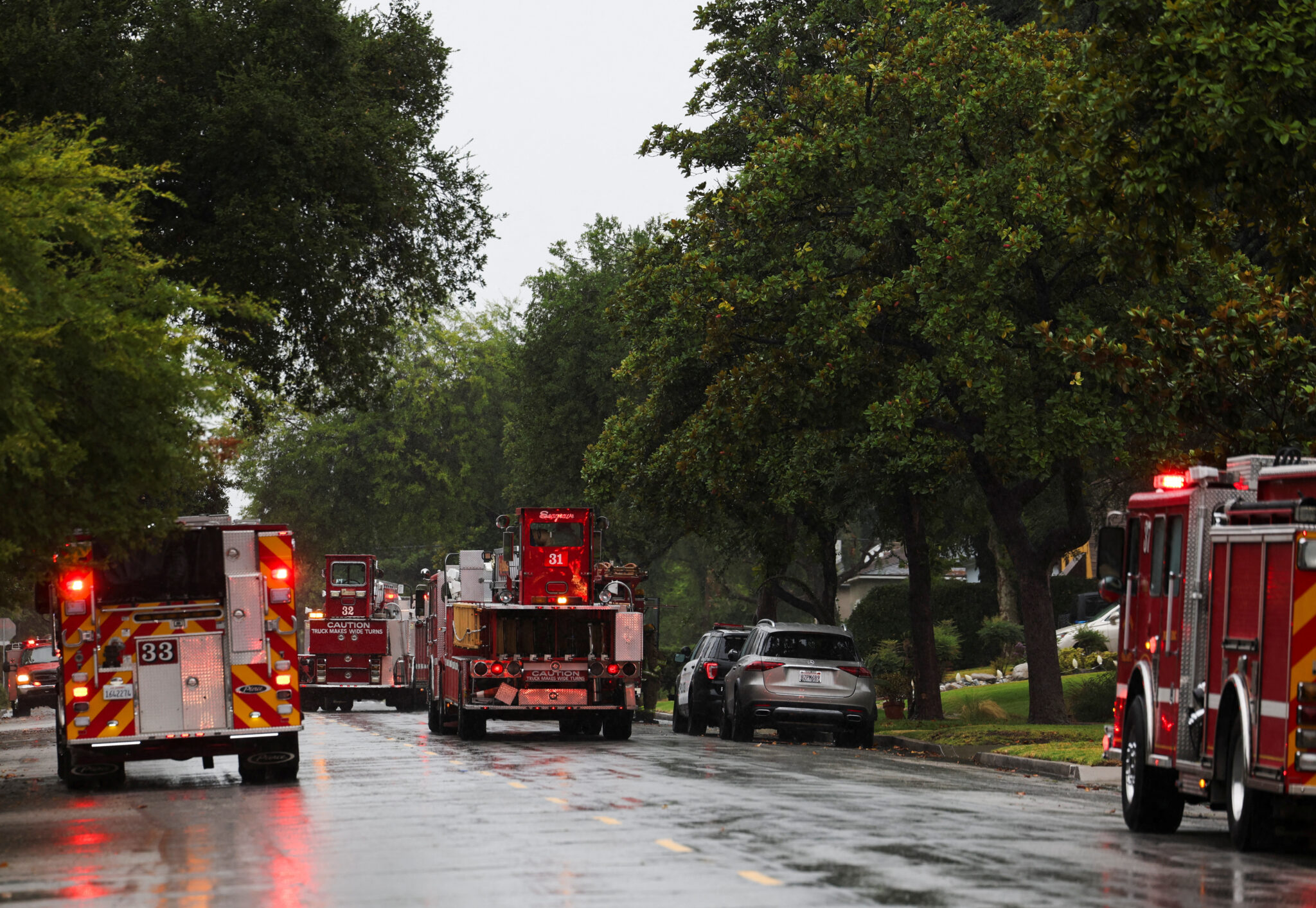Best News | This years Best News Treats and Viral Events
California Earthquake: Magnitude, Impact, And Recovery Efforts
California Earthquake: Magnitude, Impact, And Recovery Efforts
On 28th of July, 1952, California was struck by an earthquake with a magnitude of 7.3, causing significant damage, loss of life, and leaving an indelible mark on the state. Its impact extended beyond the physical destruction, triggering a cascade of emergency response, recovery efforts, and scientific advancements.

California Earthquake Leaves 2 Dead and Thousands Without Power - The - Source www.nytimes.com
Editor's Notes: As the anniversary of the earthquake approaches, it is imperative to revisit the lessons learned and advancements made in the aftermath. This comprehensive guide delves into the magnitude, impact, and recovery efforts surrounding the California Earthquake, providing valuable insights for disaster preparedness, resilience-building, and community recovery.
Through meticulous analysis and in-depth research, we have compiled this guide to serve as a valuable resource for a diverse audience, including policymakers, emergency managers, disaster relief organizations, community leaders, and individuals seeking to enhance their understanding of earthquake preparedness and response.
Key Differences or Key Takeaways
The California Earthquake stands out from other seismic events due to several key factors:
| Feature | Details |
|---|---|
| Magnitude | 7.3 on the Richter scale |
| Epicenter | Kern County, California |
| Date | July 28, 1952 |
| Impact | 12 fatalities, over $600 million in damage |
The earthquake's significant impact on a densely populated area highlighted the need for robust disaster response mechanisms and earthquake-resistant building codes.
Transition to the main article topics:
- Magnitude and Seismological Analysis
- Impact on Infrastructure, Economy, and Society
- Emergency Response and Recovery Efforts
- Scientific Advancements and Lessons Learned
- Legacy and Impact on California's Earthquake Preparedness
FAQ
Refer to the article titled California Earthquake: Magnitude, Impact, And Recovery Efforts for comprehensive information on the recent earthquake in California.

California Earthquake: 4.6-Magnitude Quake Strikes El Monte, LA - Source www.ibtimes.com
Question 1: What was the magnitude of the earthquake?
The earthquake registered a preliminary magnitude of 6.4, making it a significant seismic event.
Question 2: Are there any reported injuries or fatalities?
At the time of this report, there are no confirmed reports of injuries or fatalities. However, rescue and assessment efforts are ongoing.
Question 3: What areas were most heavily impacted?
The earthquake's epicenter was located near Humboldt County, and the surrounding areas experienced the most severe shaking.
Question 4: What is the current recovery status?
Recovery efforts are underway, with emergency responders and utility crews working to restore power, clear debris, and assess damage.
Question 5: Are there any safety precautions to consider?
Residual shaking and aftershocks are possible in the affected areas. Individuals should follow safety guidelines, such as checking for gas leaks, securing loose objects, and being aware of their surroundings.
Question 6: How can I stay informed about the situation?
Stay tuned to local news and official sources for the latest updates and information on the earthquake and recovery efforts.
The California Earthquake: Magnitude, Impact, And Recovery Efforts article provides detailed insights into the earthquake's magnitude, affected areas, and recovery status.
Browse the article for further analysis and expert perspectives on the event.
Tips
In the event of a California earthquake, it is crucial to remain calm and take immediate action to ensure safety and minimize damage.
Tip 1: Drop, Cover, and Hold On
When an earthquake strikes, immediately drop to the ground, cover your head and neck with your arms or a nearby object, and hold on until the shaking stops. Do not stand in doorways or run outside, as these actions can lead to injuries.
Tip 2: Identify Safe Locations
Locate safe places in your home, workplace, and other frequently visited areas, such as sturdy tables or desks, interior walls without windows, and away from heavy objects or hazardous materials.
Tip 3: Prepare an Emergency Kit
Assemble an emergency kit containing essential supplies such as non-perishable food, water, first aid supplies, essential medications, a flashlight, and a radio. Keep the kit easily accessible in a safe location.
Tip 4: Secure Furniture and Objects
Prevent furniture and objects from becoming displaced or falling during an earthquake by anchoring large objects to walls or securing them with straps. Move heavy items to lower shelves or secure them with clamps or Velcro.
Tip 5: Turn Off Utilities
If you are able, turn off gas, electricity, and water at the main valves as soon as it is safe to do so. This will help prevent fires or further damage in the event of leaks or ruptures.
Summary of key takeaways or benefits
Transition to the article's conclusion
California Earthquake: Magnitude, Impact, And Recovery Efforts
California, a region prone to seismic activity, has experienced several powerful earthquakes throughout its history. These events have had significant impacts on the state's infrastructure, economy, and overall well-being. Understanding the magnitude, impact, and recovery efforts associated with these earthquakes is essential for mitigating their detrimental effects.
- Magnitude: Measuring the strength of earthquakes, the Richter scale classifies them from minor to catastrophic. California's earthquakes range from moderate to major, causing widespread damage and loss of life.
- Impact: Earthquakes trigger ground shaking, landslides, and infrastructure failures, damaging buildings, bridges, and roadways. They can disrupt essential services, including electricity, water, and transportation.
- Recovery: Post-earthquake recovery involves immediate emergency response, damage assessment, and long-term rebuilding efforts. Government agencies, non-profit organizations, and volunteers play crucial roles in coordinating aid and restoring affected communities.
- Preparedness: California's earthquake preparedness includes public education campaigns, building code enforcement, and emergency response planning. These measures aim to minimize damage and loss of life in future events.
- Resilience: Communities affected by earthquakes demonstrate resilience by adapting to the challenges and rebuilding stronger. They implement seismic retrofitting, adopt new technologies, and foster community spirit to enhance their preparedness.
- Historical Significance: Major earthquakes in California, such as the 1906 San Francisco earthquake and the 1994 Northridge earthquake, serve as reminders of the state's seismic vulnerability. They have shaped public policy, building codes, and emergency response protocols.
California's earthquake resilience depends on a comprehensive understanding of these key aspects. By studying the magnitude and impact of past earthquakes, implementing effective recovery strategies, and fostering community preparedness, California can mitigate the devastating consequences of future seismic events and ensure the safety and well-being of its residents.

California Earthquake August 6 2024 - Bride Ludovika - Source edithykordula.pages.dev
California Earthquake: Magnitude, Impact, And Recovery Efforts
The magnitude, impact, and recovery efforts of California earthquakes are interconnected elements that shape the state's seismic landscape. Earthquakes of significant magnitude can cause widespread damage to infrastructure, disrupt essential services, and displace communities.

Magnitude 5.1 earthquake strikes Southern California during tropical - Source newsinfo.inquirer.net
Understanding the magnitude, impact, and recovery efforts of California earthquakes is crucial for mitigating risks and enhancing resilience. It informs decision-making processes for earthquake preparedness, response, and recovery plans. By studying historical earthquake data, scientists and engineers can identify areas at higher risk of seismic activity and develop building codes and land-use regulations that minimize potential damage.
The Northridge earthquake of 1994 and the Loma Prieta earthquake of 1989 illustrate the devastating impact of California earthquakes. Both events caused extensive property damage, infrastructure failures, and economic losses. In the aftermath, recovery efforts focused on restoring essential services, providing temporary housing for displaced residents, and rebuilding damaged infrastructure, showcasing the importance of coordinated and efficient recovery efforts.
Conclusion
The magnitude, impact, and recovery efforts of California earthquakes are intricately linked. Understanding these factors is paramount for developing effective earthquake mitigation strategies. By leveraging scientific research, implementing resilient building practices, and fostering community preparedness, California can minimize the devastating consequences of future seismic events.
Continuing advancements in earthquake science, coupled with ongoing investments in infrastructure and community resilience, will play a vital role in safeguarding California's population and economy from the inevitable threat of earthquakes.